Newly Released Uber Safety Report Focuses On Sexual Misconduct, Murder

Uber released its first safety report on Saturday, primarily to address concerns surrounding rider welfare. The media has become increasingly critical of Uber as a brand after its corporate culture was dubbed toxic — allegedly loaded with sexism and financial progress by any means necessary. Following a fatal accident involving one of the company’s autonomous test vehicles, many grew fearful that the company hadn’t fallen into the habit of promoting (or appreciating) public safety. Hoping to assuage some of those concerns, Uber put together its own safety report.
Earlier in the month, the ride-hailing service said it had received reports of 3,045 sexual assaults in the United States in 2018, with 9 people murdered (nearly half of them drivers… fortunately?) and 58 crash-related deaths. Uber said these issues only affected 0.0002 percent of the 1.3 billion rides the company orchestrated in the United States that year.
The new study attempts to frame data, accumulated over 21 months, against national averages to show that Uber is simply suffering from issues inherent to our society. While noting that an estimated 44 percent of women in the U.S. have been a victim of sexual violence seems like an odd way to absolve oneself from wrongdoing, Uber’s just a fancy cab service trying to distance itself from systemic fears that may have not have been entirely fair.
Much of the early criticisms focused on Uber’s vetting (or lack thereof) of those allowed to drive under its banner. The media accused the company of allowing thousands of people with a criminal record to work as contractors. While this doesn’t seem terribly inconsistent with any taxi or black-car service in operation, Uber is a gigantic company with the nation’s eyes upon it; and all it took was one driver with a spotty record following a passenger home to assault them to get everyone worked up. Then it happened a few more times, with the discovery of other chauffeurs with similarly unsavory pasts.
Back in December, Uber told The New York Times that, while it found its own research upsetting, it had to lay the blame on society as a whole. “The numbers are jarring and hard to digest,” explained Tony West, Uber’s chief legal officer. “What it says is that Uber is a reflection of the society it serves.”
The full report goes into almost grisly detail of what types of assaults took place in 2017 and 2018, with reporting rates for what type of sexual misconduct customers claim they experienced. Fortunately, the frequency of all events was relatively low. The most common subcategory, non-consensual touching of a sexual body part, was only reported once every 900,000 trips through the first half of 2019. Like all other categories, that represents a modest improvement in reporting vs the previous year.
Uber says it wants to use lessons learned from the U.S. study to accumulate useful data elsewhere in the world. However, this might reflect badly on the company. If the data Uber is seeing is reflective of the region in which it’s collected, comparisons between them will automatically put the company back on blast. Even minor disparities will encourage people to ask why Uber isn’t doing more in specific regions, to which it will have no response other than “this behavior is inherent to the people that live here.” Because that’s basically what it did with the data from the United States.
Something tells me that won’t go over well once international comparisons arise.
The good news is that Uber claims it wants to continue improving tools intended to promote safety. There are ways to share your location with family and friends, obscure data (addresses and phone numbers) so drivers won’t be able to visit you after their shift, identification tools to make sure the person behind the wheel is the individual the firm actually designated to drive, and more. It also said it absolutely will not tolerate any violent behavior misconduct under its watch:
When reviewing an incident report, agents gather information by speaking with all parties involved and examining other relevant facts obtained through the case-review process, such as GPS trip data, photos and/or videos, in-app communications, etc. Based on learnings from experts, we rely heavily on a survivor’s statement of experience; it does not require conclusivity [sic], corroboration, or survivor “credibility” for us to take action. If a survivor is not able or willing to provide this statement of experience, we rely on any relevant facts obtained through the case-review process.
Violent offenders have no place in the Uber community, and it’s our priority to prevent their access to our platform. Uber will ban users from the platform if we are able to obtain a statement of experience from the survivor and/or obtain relevant facts (e.g., GPS data, timestamps, videos/photos, in-app communications).
Uber also aims to scale up its safety team; it has partnered with the Rape, Abuse and Incest National Network (RAINN) to set up a hotline so riders and drivers can easily report attacks and set themselves up for professional help (if needed). The company also says it plans to share information about suspicious drivers with competitors to insure they’re not hired elsewhere.
[Image: MikeDotta/Shutterstock]

A staunch consumer advocate tracking industry trends and regulation. Before joining TTAC, Matt spent a decade working for marketing and research firms based in NYC. Clients included several of the world’s largest automakers, global tire brands, and aftermarket part suppliers. Dissatisfied with the corporate world and resentful of having to wear suits everyday, he pivoted to writing about cars. Since then, that man has become an ardent supporter of the right-to-repair movement, been interviewed on the auto industry by national radio broadcasts, driven more rental cars than anyone ever should, participated in amateur rallying events, and received the requisite minimum training as sanctioned by the SCCA. Handy with a wrench, Matt grew up surrounded by Detroit auto workers and managed to get a pizza delivery job before he was legally eligible. He later found himself driving box trucks through Manhattan, guaranteeing future sympathy for actual truckers. He continues to conduct research pertaining to the automotive sector as an independent contractor and has since moved back to his native Michigan, closer to where the cars are born. A contrarian, Matt claims to prefer understeer — stating that front and all-wheel drive vehicles cater best to his driving style.
More by Matt Posky
Latest Car Reviews
Read moreLatest Product Reviews
Read moreRecent Comments
- V8fairy Not scared, but I would be reluctant to put my trust in it. The technology is just not quite there yet
- V8fairy Headlights that switch on/off with the ignition - similar to the requirement that Sweden has- lights must run any time the car is on.Definitely knobs and buttons, touchscreens should only be for navigation and phone mirroring and configuration of non essential items like stereo balance/ fade etc>Bagpipes for following too close.A following distance warning system - I'd be happy to see made mandatory. And bagpipes would be a good choice for this, so hard to put up with!ABS probably should be a mandatory requirementI personally would like to have blind spot monitoring, although should absolutely NOT be mandatory. Is there a blind spot monitoring kit that could be rerofitted to a 1980 Cadillac?
- IBx1 A manual transmission
- Bd2 All these inane posts (often referencing Hyundai, Kia) the past week are by "Anal" who has been using my handle, so just ignore them...
- 3-On-The-Tree I was disappointed that when I bought my 2002 Suzuki GSX1300R that the Europeans put a mandatory speed limiter on it from 197mph down to 186mph for the 2002 year U.S models.




















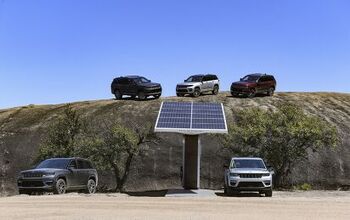

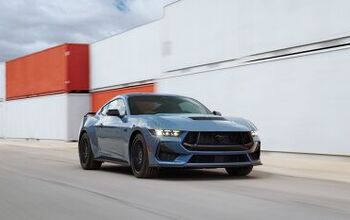
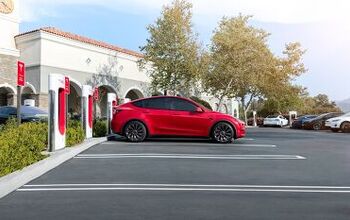
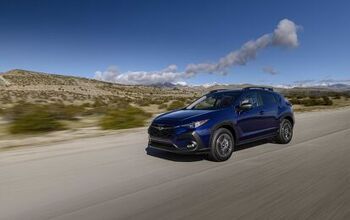
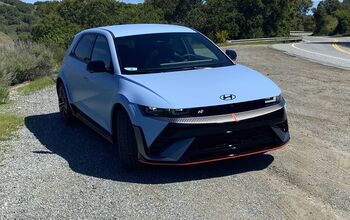


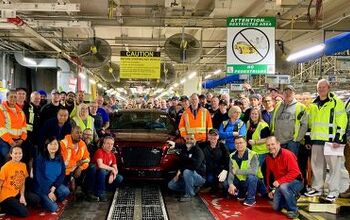
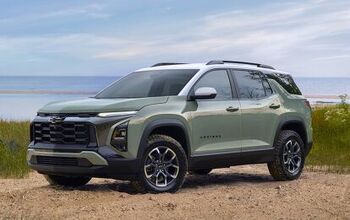
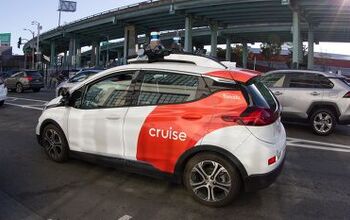
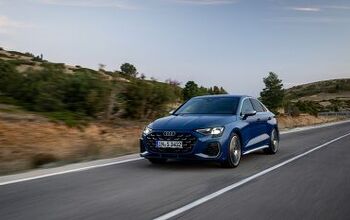
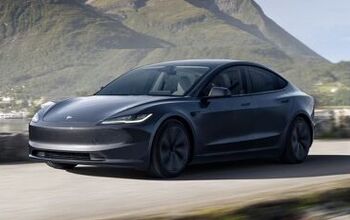
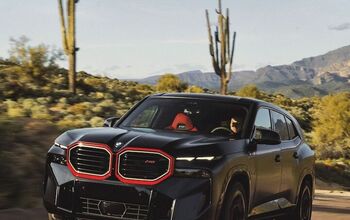
Comments
Join the conversation
It's 11PM, a young waitress has finished her shift at a downtown restaurant and needs to get home safely. Stand on the corner waiting for a bus? Wait on a deserted subway platform? Or take an Uber. If it's your daughter which should she pick?
One personal anecdote to throw in the hat... strictly for consideration along with the rest of the data in the report. I don't drive for Uber but I do drive for Lyft. Once, I was summoned to a bar in the late evening where a young woman (likely early 20's) got into my car. On the way to the destination (a residential home) she passed out in the back seat. Upon arrival she was not responsive to my verbal prompt we had arrived. Thankfully, she was breathing (I feared alcohol poisoning). Figuring it was her parents' home, I rang the doorbell to get their assistance but no one answered. Called Lyft's helpline and explained what was going on -- they said to call 911, which I did. Waited outside in the cold at the base of the driveway until the police showed up, who assisted by getting the parents out of the house and assisting the young woman out of my car so I could go pick up my next rider. I get it- with a different driver, this could have had a tragic outcome for the young woman. What did happen here was obviously what should have happened given the circumstances - but are these statistics being tracked?